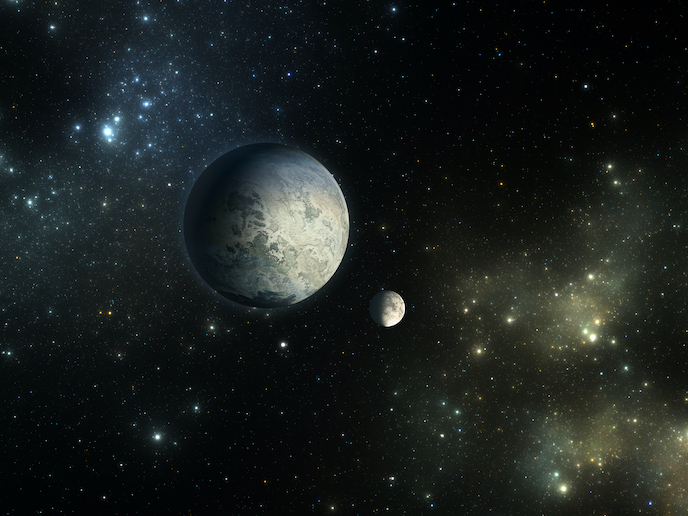New tools for taking a closer look at exoplanets
We know that exoplanets(opens in new window) exist. In fact, thousands have already been discovered. Beyond that though, we don’t know very much about these mysterious planets that sit outside our own solar system. “The final frontier in exoplanet research is to clearly characterise their atmospheres,” says Jeremy Leconte, an astrophysicist at the French National Centre for Scientific Research(opens in new window). “This is the only way we will be able to unravel the wild, unexpected diversity in the exoplanets we’ve identified.” Conducting such research will become much easier when the James Webb Space Telescope(opens in new window) (JWST) comes online and the European Space Agency’s(opens in new window) Ariel mission(opens in new window) is launched. “These advanced technologies will provide once-unheard-of access to exoplanet atmospheres,” adds Leconte. “However, analysing and interpreting the high-precision observations coming from these technologies first requires the development of next-generation tools and solutions.” Helping develop these solutions is the WHIPLASH project, funded by the European Research Council(opens in new window).
Filling the exoplanet gap
Most atmospheric characterisation observations are currently analysed using spherically symmetric, steady-state, one-dimensional models. The problem is that these models cannot accurately represent the anisotropic atmospheres of many transiting exoplanets, meaning they are of limited use in analysing the high-precision observations that the JWST and Ariel missions will provide. To fill this gap, the WHIPLASH project is developing a new framework that can constrain the physics and composition of exo-atmospheres. “Doing so will allow us to overcome existing limitations in analysing and interpreting exoplanet observations,” explains Leconte, who serves as the project’s coordinator. This new framework is based on an innovative 3D planetary atmosphere simulator. By integrating a global climate model with a 3D radiative transfer code, the simulator can interpret and analyse observational data, allowing researchers to better understand the conditions needed to sustain liquid water on terrestrial exoplanets. The framework is available to the research community as open-source software(opens in new window).
Laying the groundwork
This framework lays the groundwork for studying the Trappist-1 system – an exoplanetary system consisting of seven Earth-sized planets. Because the system is relatively close to our own solar system and is located around a cool, nearby star, it is ideal for characterising the atmosphere of temperate Earth-like planets. “This system, which our research team was involved in discovering, is becoming a Rosetta Stone of sorts for exoplanet science,” notes Leconte. “Thanks to the work done by the WHIPLASH project, once the JWST and Ariel missions start sending us observations, we’ll be ready to take exoplanet research to a whole new level.”







